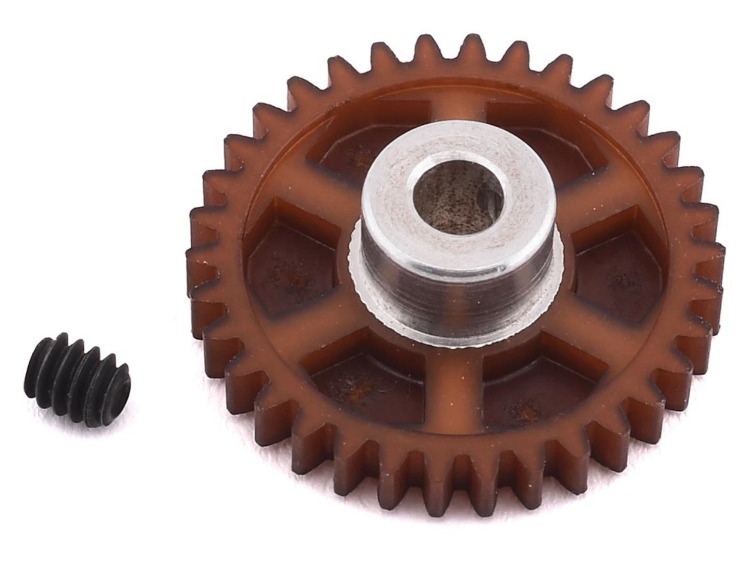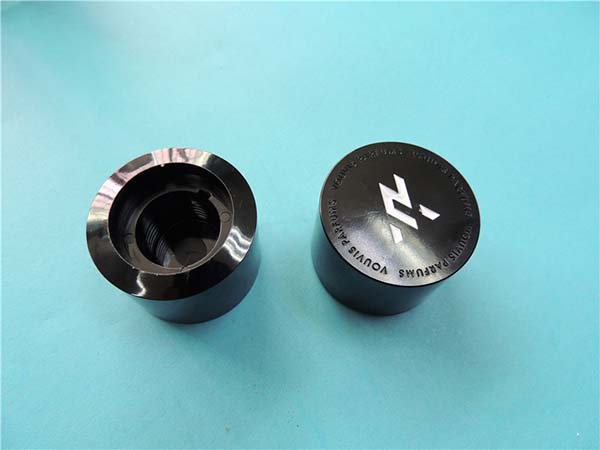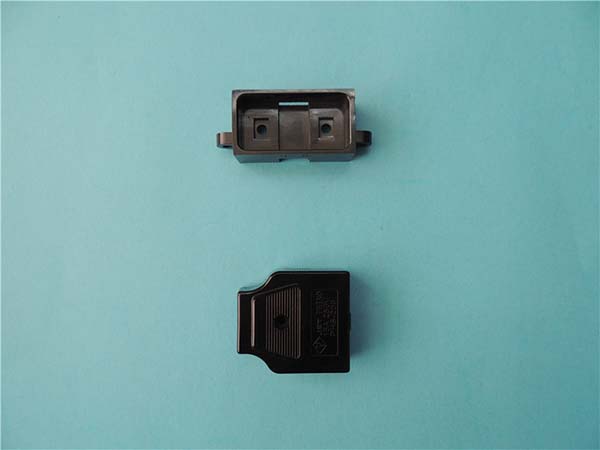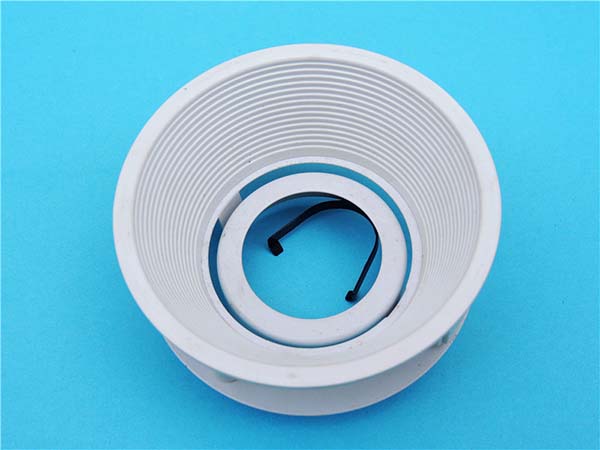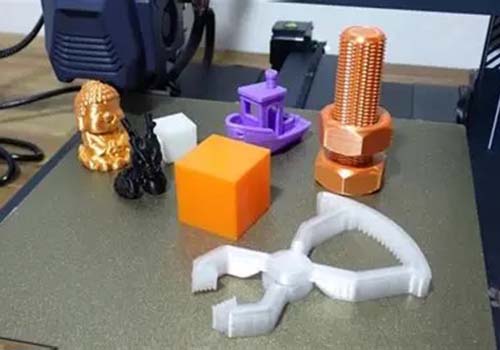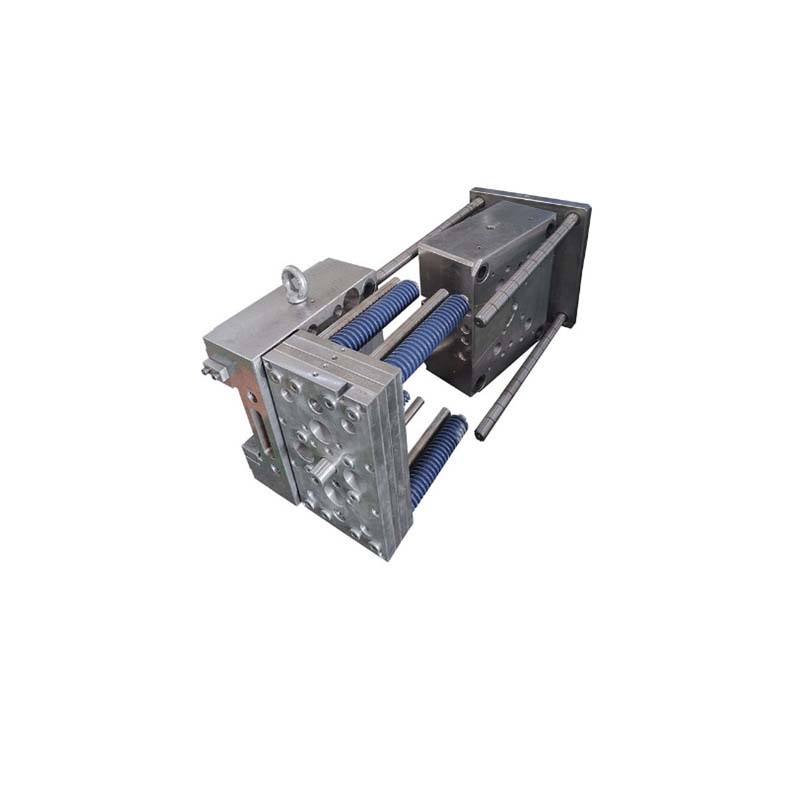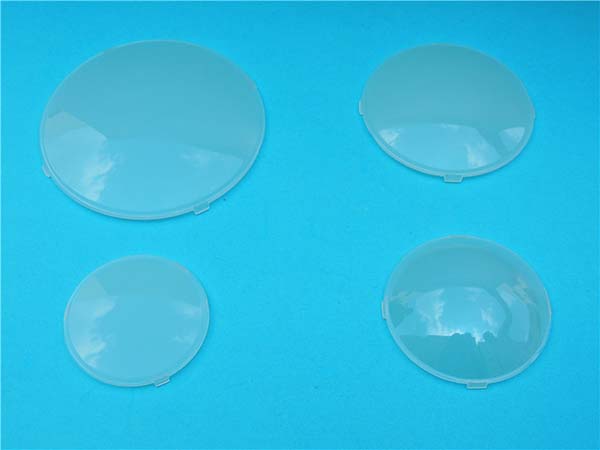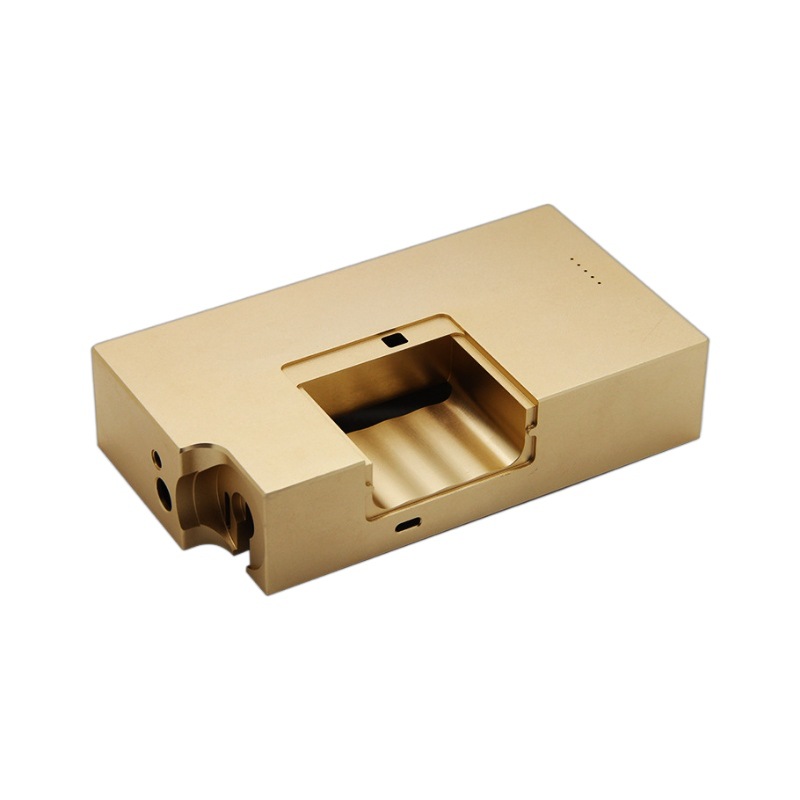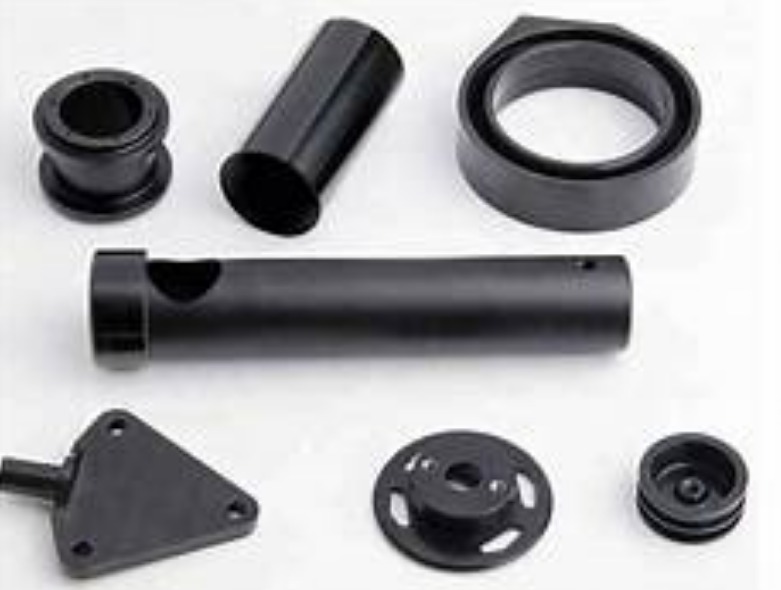Introduction
What are Small Plastic Gear Wheels?
Small plastic gear wheels, also known as miniature plastic gears, are mechanical components with teeth that mesh with other gears to transmit motion and power. These gears are typically made from various types of plastics, such as acetal, nylon, and polypropylene, each offering unique properties like high strength - to - weight ratio, low friction, and corrosion resistance.
In a mechanical transmission system, they play a crucial role. For instance, when a small electric motor in a device like a wristwatch needs to transfer rotational energy to the hands, small plastic gear wheels are used. They adjust the speed and torque of the motor's output. If the motor rotates at a high speed, the gears can reduce this speed to a more suitable rate for the watch hands to move accurately. The size of small plastic gear wheels usually ranges from a few millimeters to several centimeters in diameter, making them suitable for applications where space is limited.
Types of Small Plastic Gear Wheels
Understanding the different types of small plastic gear wheels is crucial as each type has its own unique set of properties, making them suitable for specific applications.
POM Plastic Gears
Polyoxymethylene (POM) plastic gears are highly regarded in the industry. They have excellent wear resistance, which means they can endure long - term operation with minimal tooth wear. For example, in a high - speed electric motor application where the gears are constantly in motion, POM gears can maintain their shape and functionality over an extended period. Their dimensional stability is also remarkable. This property allows them to maintain accurate tooth profiles even under different environmental conditions, such as temperature and humidity changes. In the automotive industry, POM plastic gears are used in power window mechanisms. The smooth and reliable operation of these gears ensures that the windows can be raised and lowered quietly and without jamming. In electronic appliances like printers, POM gears contribute to the precise movement of the print head carriage, ensuring high - quality printing.
PBT Plastic Gears
Polybutylene terephthalate (PBT) plastic gears are known for their high - temperature resistance. They can withstand temperatures up to around 150°C without significant degradation of their mechanical properties. This makes them ideal for applications in automotive engine compartments or electrical devices that generate heat during operation. Their mechanical properties, including high strength and good toughness, enable them to handle moderate to high loads. In the manufacturing of automotive transmission components, PBT gears can efficiently transfer power between different shafts. They are also used in industrial machinery, such as pumps and compressors, where they need to operate reliably under demanding conditions.
Nylon Resin Plastic Gears
Nylon resin plastic gears are characterized by their high toughness. They can absorb shock and impact forces without breaking easily. This makes them suitable for applications where sudden changes in load or vibration are expected, such as in power tools. Their self - lubricating property is another significant advantage. Nylon gears can operate with little to no external lubrication, reducing maintenance requirements and the risk of lubricant leakage. In conveyor systems, nylon gears are used to drive the belts. The self - lubricating nature of nylon ensures smooth operation, while the high toughness allows the gears to withstand the stresses imposed by the moving belts. They are also commonly found in household appliances like washing machines, where they help in the rotation of the drum.
PET Plastic Gears
Polyethylene terephthalate (PET) plastic gears have high transparency, which is useful in applications where visual inspection of the gear operation is required, such as in some optical devices. Their excellent barrier properties make them resistant to moisture and chemicals. This makes them suitable for use in products that need to be protected from environmental factors. In the packaging industry, PET gears are used in labeling machines. The transparency of the gears allows operators to easily monitor their movement, while the barrier properties ensure that the gears can function properly even in a humid or chemically - challenging environment. They are also used in some medical devices where a clean and moisture - resistant component is necessary.
PC Plastic Gears
Polycarbonate (PC) plastic gears offer high strength and outstanding impact resistance. They can withstand significant external forces without deforming or cracking. In automotive safety systems, such as airbag deployment mechanisms, PC gears are used due to their ability to function reliably in high - stress situations. In electronic devices like laptops, PC gears are used in the cooling fan mechanisms. The high - strength and impact - resistant properties of PC ensure that the gears can operate smoothly even if the device is accidentally dropped or subjected to minor impacts.
High - Performance Plastic Gears
High - performance plastic gears are engineered to have exceptional properties. They often have excellent chemical resistance, which allows them to be used in environments with aggressive chemicals, such as in chemical processing plants. Some high - performance plastic gears can also operate at extremely high or low temperatures. In aerospace applications, these gears are used in various mechanical systems within the aircraft. They need to withstand the harsh conditions of high altitudes, including low temperatures and high - pressure differentials. In deep - sea exploration equipment, high - performance plastic gears are used due to their ability to resist the corrosive effects of seawater.
Comparison Table of Different Types
| Gear Type | Material 特性 | Advantages | Disadvantages | Applicable Scenarios | Price Range (Relative) |
| POM Plastic Gears | High wear resistance, dimensional stability | Long - lasting, accurate operation | Slightly sensitive to high temperatures | Automotive, electronics | Medium |
| PBT Plastic Gears | High - temperature resistance, good mechanical properties | Suitable for high - heat environments, strong | Less impact - resistant than some others | Automotive engines, industrial machinery | Medium - high |
| Nylon Resin Plastic Gears | High toughness, self - lubricating | Shock - absorbing, low maintenance | Lower dimensional stability than POM | Power tools, household appliances | Low - medium |
| PET Plastic Gears | High transparency, good barrier properties | Visible operation, resistant to moisture/chemicals | Lower mechanical strength | Packaging, medical devices | Low |
| PC Plastic Gears | High strength, impact - resistant | Durable in high - stress situations | Prone to scratching | Automotive safety systems, electronics | Medium - high |
| High - Performance Plastic Gears | Chemical resistance, wide - temperature operation | Suitable for extreme conditions | High cost | Aerospace, deep - sea equipment | High |
This table provides a quick overview of the differences between various small plastic gear types, helping you make an informed choice based on your specific requirements.
Applications of Small Plastic Gear Wheels
In the Automotive Industry
Small plastic gear wheels play a vital role in the automotive industry. In window - lifting systems, they enable smooth and quiet operation. For example, a typical car window regulator uses small plastic gears made of POM. These gears are designed to transfer the rotational motion of the electric motor to the linear motion that raises and lowers the window. Their self - lubricating properties ensure that the mechanism doesn't jam over time, and they can operate reliably for thousands of cycles.
In windshield wiper mechanisms, small plastic gear wheels are used to control the speed and movement of the wipers. They help in achieving different wiping frequencies, such as slow - speed for light rain and high - speed for heavy downpours. The gears are often designed to be durable enough to withstand the vibrations and environmental conditions inside the engine compartment, like temperature variations and moisture.
In Consumer Electronics
In consumer electronics, small plastic gear wheels are everywhere. In printers, they are crucial for functions like paper feeding and print head movement. For instance, in an inkjet printer, POM plastic gear wheels are used in the paper - feeding mechanism. They grip the paper precisely and move it through the printer at a consistent speed, ensuring that each page is printed accurately. In the print head carriage system, gears help in the side - to - side movement of the print head, allowing for even ink distribution across the page.
In digital cameras, small plastic gear wheels are used in autofocus and zoom mechanisms. In a compact digital camera, a set of nylon - based plastic gears are used to drive the lens movement during autofocus. These gears can adjust the position of the lens elements with high precision, enabling the camera to quickly focus on the subject. For the zoom function, another set of gears changes the focal length of the lens, allowing the user to capture wide - angle or telephoto shots.
In electric toys, small plastic gear wheels are the heart of the movement mechanism. In a remote - controlled car toy, small plastic gears transmit the power from the motor to the wheels. They can change the speed and direction of the wheels, providing an exciting playing experience for children. These gears are often made of inexpensive yet durable plastics like PP or PE, which meet the safety standards for toys.
In Medical Devices
In the medical field, small plastic gear wheels are essential for the proper functioning of many devices. In infusion pumps, they are used to precisely control the flow rate of fluids being administered to patients. A typical infusion pump uses small plastic gears to drive a piston or a peristaltic mechanism. These gears need to be highly accurate, as even a small deviation in the flow rate can have serious consequences for the patient. They are usually made of biocompatible plastics that are resistant to chemicals and can withstand the sterilization processes required in medical settings.
In small surgical instruments, such as micro - motors used in ophthalmic or dental surgeries, small plastic gear wheels are used to transfer the power from the motor to the working part of the instrument. For example, in a dental handpiece, small plastic gears help in achieving the high - speed rotation of the drill bit. These gears need to be lightweight and yet strong enough to handle the torque required for the surgical procedures.
In Industrial Equipment
In industrial equipment, small plastic gear wheels are used in various applications. In automated production lines, they are used in conveyor systems. For example, small PBT plastic gear wheels are used to drive the rollers in a small - scale conveyor system. They can handle the continuous operation and the moderate loads imposed by the products being conveyed. These gears are also resistant to the dust and debris present in industrial environments.
In small motors used in industrial machinery, small plastic gear wheels are used for speed reduction and torque multiplication. A small servo - motor in a robotic arm might use a set of plastic gears to convert the high - speed, low - torque output of the motor into a low - speed, high - torque motion suitable for moving the arm segments. These gears are designed to be efficient and reliable, ensuring smooth operation of the robotic arm.
Yigu Technology's Perspective
At Yigu Technology, we recognize the critical role of small plastic gear wheels in modern manufacturing. As a non - standard plastic metal products custom supplier, we specialize in crafting high - quality small plastic gears tailored to unique requirements.
Our manufacturing process combines advanced technology with strict quality control. We work closely with clients to understand their application needs, whether it's for automotive, electronics, or medical devices. By using high - grade plastic materials and precision - machining techniques, we ensure that each gear has accurate tooth profiles, smooth operation, and long - term durability.
We believe that customization is key. No two applications are the same, and our team is dedicated to providing solutions that optimize performance. From design to production, we strive to exceed expectations and contribute to the success of projects relying on small plastic gear wheels.
FAQ
1. Can small plastic gears replace metal gears in all applications?
Small plastic gears cannot replace metal gears in all applications. Metal gears generally have higher strength and can withstand much higher loads and torques. For example, in heavy - duty industrial machinery like large - scale manufacturing equipment, metal gears are often used because they can handle the high - power transmission requirements. In contrast, small plastic gears are more suitable for applications with lower loads and torques, such as in small consumer electronics or toys. Metal gears also have better heat resistance. In automotive engines, where temperatures can reach very high levels, metal gears are essential to ensure reliable operation. Plastic gears may deform or lose their mechanical properties at high temperatures. However, small plastic gears offer advantages like being lightweight, having low friction, and being corrosion - resistant, which make them the preferred choice in certain applications where these properties are crucial.
2. How to choose the right small plastic gear for my project?
When choosing the right small plastic gear for your project, several factors need to be considered. First, think about the application scenario. If it's for a medical device, biocompatible plastics like some types of POM or special medical - grade plastics should be considered. For a high - speed application, gears with low inertia and high wear resistance, such as POM plastic gears, are a good choice. Second, consider the load and torque requirements. Calculate the maximum load the gear will need to handle. If the load is relatively high, you may need to choose a gear made from a stronger plastic like PBT. Third, the speed of operation matters. High - speed applications require gears with smooth operation and low vibration, and the material's ability to handle high - speed rotation without excessive wear is important. Additionally, the environmental conditions, such as temperature, humidity, and chemical exposure, should be taken into account. For example, in a humid environment, PET plastic gears with their good moisture - resistance properties might be a better fit.
